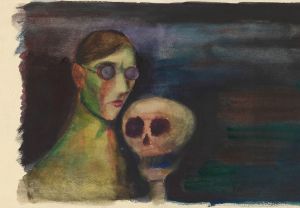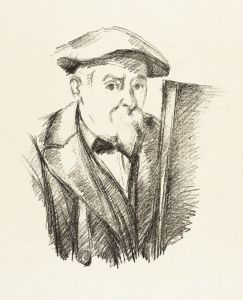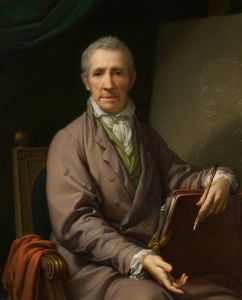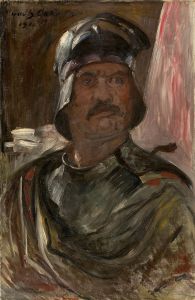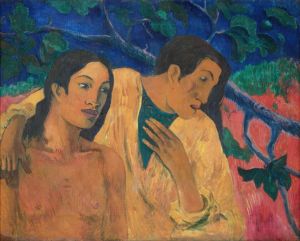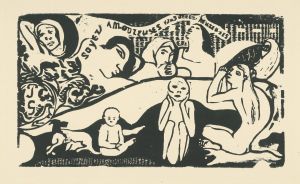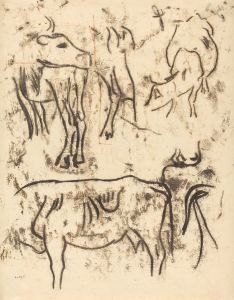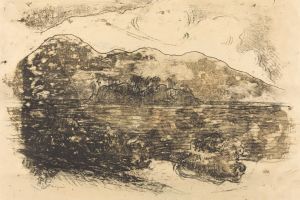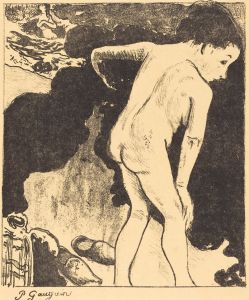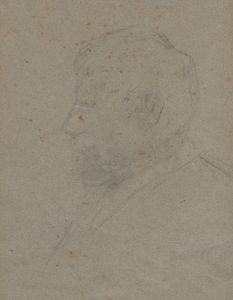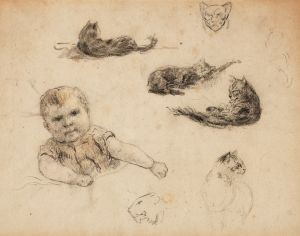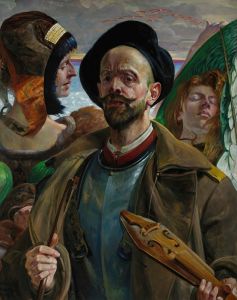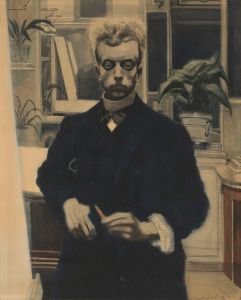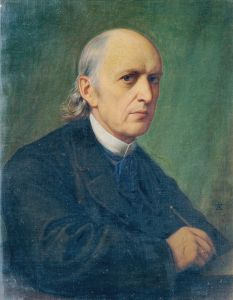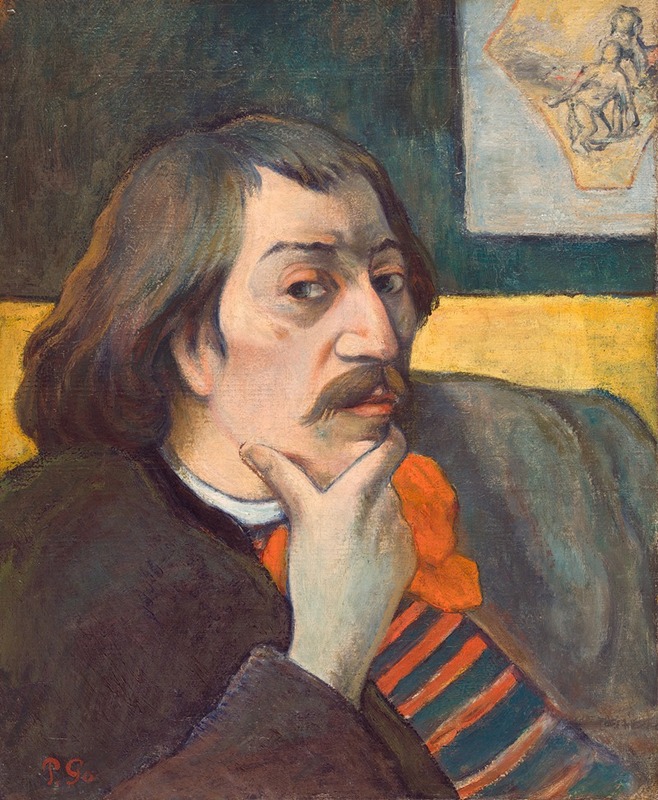
Self Portrait
A hand-painted replica of Paul Gauguin’s masterpiece Self Portrait, meticulously crafted by professional artists to capture the true essence of the original. Each piece is created with museum-quality canvas and rare mineral pigments, carefully painted by experienced artists with delicate brushstrokes and rich, layered colors to perfectly recreate the texture of the original artwork. Unlike machine-printed reproductions, this hand-painted version brings the painting to life, infused with the artist’s emotions and skill in every stroke. Whether for personal collection or home decoration, it instantly elevates the artistic atmosphere of any space.
Paul Gauguin's "Self-Portrait" is a notable work by the French Post-Impressionist artist, created during a period of significant artistic and personal development. Gauguin painted several self-portraits throughout his career, and each reflects his evolving style, identity, and philosophical outlook. One of his most recognized self-portraits, often referred to as "Self-Portrait with Halo and Snake," was painted in 1889 during his stay at the artists' colony in Le Pouldu, Brittany.
This self-portrait is distinctive for its symbolic and unconventional approach. Gauguin depicted himself with a yellow halo around his head, a reference that some interpret as a play on religious iconography, contrasting with the presence of a snake and an apple in the composition. These elements evoke the biblical story of Adam and Eve, suggesting themes of temptation, sin, and moral ambiguity. Gauguin's use of symbolism in this work reflects his interest in spirituality, mythology, and the exploration of human nature.
The painting is also notable for its bold use of color and flattened forms, hallmarks of Gauguin's style during this period. He employed a simplified, almost decorative approach to composition, influenced by his exposure to Japanese prints and his desire to move away from the naturalism of Impressionism. The vibrant colors and strong outlines in the painting emphasize emotional and symbolic content over realistic representation.
"Self-Portrait with Halo and Snake" was created during a time when Gauguin was seeking to establish himself as a leader of the Symbolist movement in art. He was deeply influenced by his experiences in Brittany, where he immersed himself in the local culture and sought to capture what he perceived as a more "primitive" and authentic way of life. This period was also marked by his growing interest in exploring the inner self and the spiritual dimensions of art.
The painting is currently housed in the National Gallery of Art in Washington, D.C., where it remains an important example of Gauguin's innovative approach to portraiture and symbolism. It continues to be studied and admired for its complex interplay of personal, spiritual, and artistic themes, offering insight into the mind of one of the most influential artists of the late 19th century.





